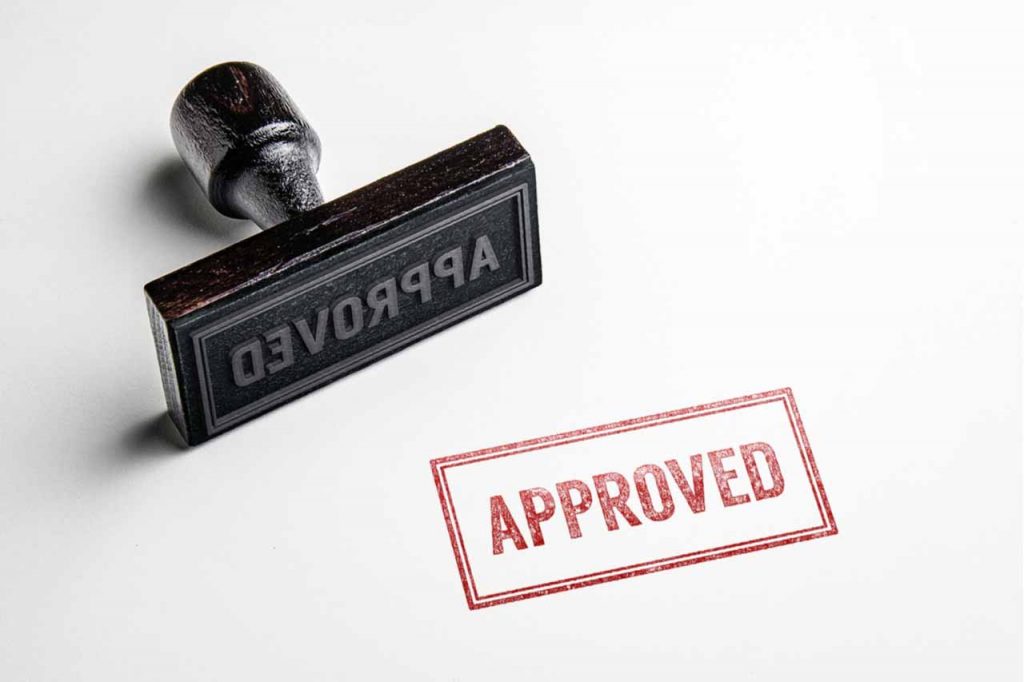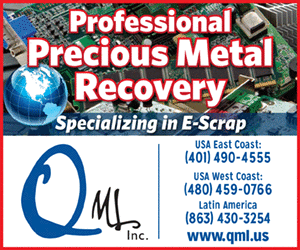
The revised standard will replace R2:2013, to which over 950 facilities around the world are currently certified. | Castleski/Shutterstock
After thousands of volunteer hours and dozens of meetings over nearly five years, stakeholders working to update the R2 standard have reached the finish line.
The Sustainable Electronics Recycling International (SERI) Board of Directors unanimously approved R2v3, an update to the R2:2013 electronics recycling and reuse standard. The update was led by a multi-stakeholder group called the R2 Technical Advisory Committee (TAC).
Chris Cleet, who serves as one of the three co-chairs of the TAC, said that during the last TAC call, he had a hard time believing the lengthy process had actually been completed.
“It was kind of a weird moment, but it’s definitely happy and good to be where we are,” said Cleet, who works for the Information Technology Industry Council (ITI) and represents OEMs on the committee. “I think it’s a good document. As with all consensus documents, it’s not perfect, and of course never will be, but it’s definitely a very good document and it’s definitely worth the 5,000-plus hours we put into it.”
SERI on Tuesday issued a press release announcing the approval of R2v3 and its online publication on July 1. The standard will replace R2:2013, to which over 950 facilities around the world are currently certified. With R2v3, SERI will simultaneously upload a plan for transitioning to the new standard.
“We recognize that many facilities are not fully staffed and are dealing with other pressing matters resulting from COVID-19,” the release stated. “We would like to assure R2 certified facilities that no facility will be required to transition to the R2v3 Standard for at least 1.5 years from the July 1 release date, and we will continue to monitor the situation as we determine the final transition timeline.”
Addressing diversity of the industry
R2v3 includes a number of changes. In the release, SERI noted that a key one is the new structure, with its core requirements for all certified facilities and more specialized process requirements tailored to specific processes in the changing industry.
Roger Greive, the TAC co-chair who represents processors (he is compliance manager for Schupan Asset Management in Kalamazoo, Mich.), said the group was challenged at the beginning to address an industry that’s changing and includes companies approaching electronics recycling in different ways. Compartmentalizing the standard with core standards and appendices was a way to solve the issue, making it easier for processors and auditors to determine which requirements are applicable to them, he said.
“Having a lot of voices around the table was absolutely crucial to this process,” Greive said.
Kelley Keogh, the third TAC co-chair, agreed.
“I’m excited for it to roll out,” said Keogh, co-founder and managing director of auditing and consulting firm GreenEye Partners. “I’m also really proud of the collaborative nature of our process. It’s tough. There’s a lot of people, and a lot of different values and needs out there and what people were looking for.”
Bolstering key requirements
In a rundown of major changes, SERI also pointed to the strengthening of R2 requirements in a few important areas, including data protection, downstream material flows and EH&S. Keogh said she had been worried about data security for many years, so she’s glad it was tackled in this update. R2v3 makes it clearer and easier for auditors to understand what’s required for handling data-bearing devices.
The other big change, Keogh said, is requirements for tracking inventory. Often she’ll ask operators about a gaylord of material in their warehouse, and they’ll say they don’t know when it arrived. R2v3 now requires processors to track information such as arrival dates, actions that have been performed on the devices (such as data wiping), actions that still need to be performed and more. Doing so will also help address theft issues.
Cleet said R2:2013 has been a key to processors getting an invitation to talk with OEMs, but those brand owners add different requirements the processors must meet before they’ll do business with them. R2v3 “just gets us so much closer to how the OEMs look at the industry and how we look at our suppliers, as well,” he said.
The changes the OEMs wanted the most – and that Cleet thinks will require the biggest adjustments among certified facilities – are expanded legal oversight and throughput tracking requirements. There was a lot of struggling with writing language around tracking, throughput and downstream due diligence, trying to balance transparency needed to verify compliance with a company’s intellectual property in terms of their downstream business partners, Cleet said.
Greive said the balance between those interests is “as workable as it can be.” He pointed out R2v3 gives processors relief from downstream vendor verification requirements if they choose to log their downstream data with SERI, which will keep the information secure. That provision was added in the second R2v3 draft, which was released in December for comment.
More stories about certification standards
- Petition calls for certification action after ITAD device theft
- Processor responds to e-Stewards eligibility suspension
- Citing Basel, Illinois processor launches e-plastics line



